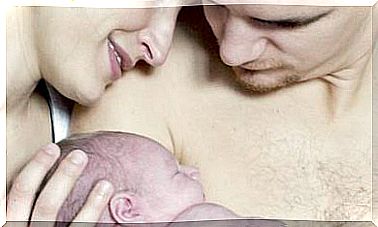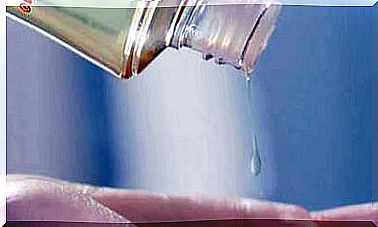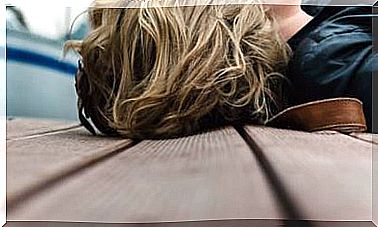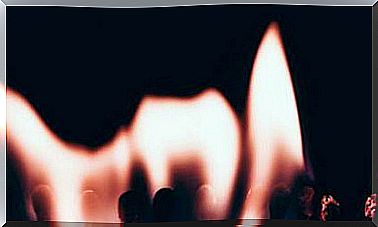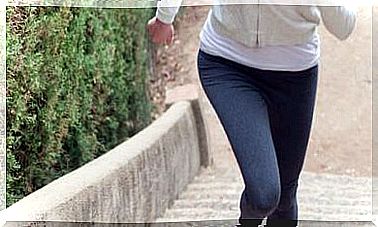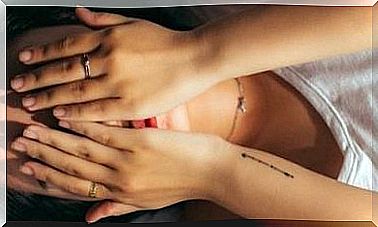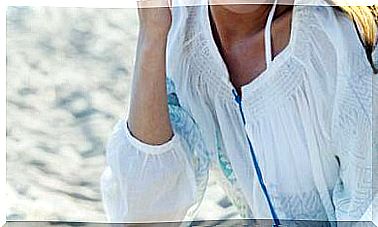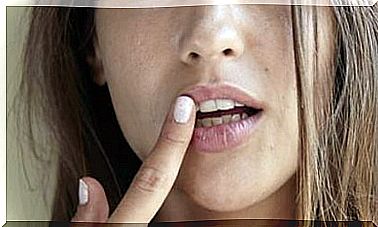Chewing On One Side Or Both: Which Is Better?
A pain in your shoulders, hips, or feet may be related to the way you chew. Find out how chewing is best and how one-sided chewing affects you.

Sometimes tooth wear on only one side of the mouth can be related to discomfort in other parts of the body. If we are not aware that they are related, it is likely that we treat each thing separately without considering what factors may be influencing these imbalances.
The position of the teeth, the work we do with them when chewing, over time has repercussions on small structures that are transmitted to other parts of the body. Knowing it can help us connect those problems. And keeping a few general tips in mind can help you avoid or improve them.
The importance of chewing well
Chewing is one of the primary functions of the human being, which allows the necessary food and nutritional intake to be crushed and can be digested through the digestive tract. This is essential to create the energy that makes our entire body work.
Food is cut by the incisors and canines. Then they are crushed with the molars and mixed with the saliva forming the food bolus. Good chewing is very important. Only in this way will we achieve a correct crushing and salivation, necessary for the first part of digestion to take place and that, in this way, the stomach works less.
On the other hand, it must be taken into account that humans chew in a three-dimensional way, a characteristic that differentiates them from animals.
How to chew
Chewing is produced by the contact of the teeth of the upper jaw and the mandible, and must be alternated unilateral.
In other words, it is important that when chewing we remember not to always use the same side: it is convenient to chew for a while on the right and a while on the left.
If we always use the teeth on the same side to chew, a unilateral chewing is created that can cause wear of the most used teeth, while the others remain unused, we do not train them.
In addition to tooth wear, other alterations can occur on the same side, such as:
- The narrowing of the nostril on the same side.
- An alteration of the jaw joint on the same side, with pain and tension that make it difficult to open the mouth.
- Some asymmetry in the mandible and upper jaw.
- A muscular hypertonia on the same side in structures such as the shoulder, hip and foot on the same side.
The alternate chewing is very important for there to be a balance in the muscles down and our posture.
How to learn to chew well
There is a technique for learning correct bilateral (or alternate unilateral) chewing. It’s called dentosophy and it was developed by Dr. Michel Montaud. In addition to teaching us to chew in a balanced way, it allows us to improve other essential functions such as nasal breathing and the act of swallowing correctly, all of which produces a balance of forces.
There is a beautiful book on this holistic dentistry technique: Dentosophy. Our teeth, a door to health. Dr. Montaud himself tells us the bases of this dental treatment to improve various oral problems, including malocclusions, and how it is possible to rebalance the mouth and related structures by restoring the neurovegetative functions of the oral system.
Prevention is the most important thing so that one- sided chewing in children can be avoided. Suckling is a first step, as it helps the correct development of the mouth. In fact, when breastfeeding, the baby is able to suck, swallow and breathe at the same time, breathing through the nose.
As general tips to improve chewing, I would highlight two points:
- We must give the importance it has to the act of chewing, making our eating times sufficient, spending time chewing and eating calmly. It is also a way of respecting the act of our nutrition and remembering it can help us become aware of it.
- Follow the advice of macrobiotics, which insists that you eat carefully and chew at least 50 times each bite.
